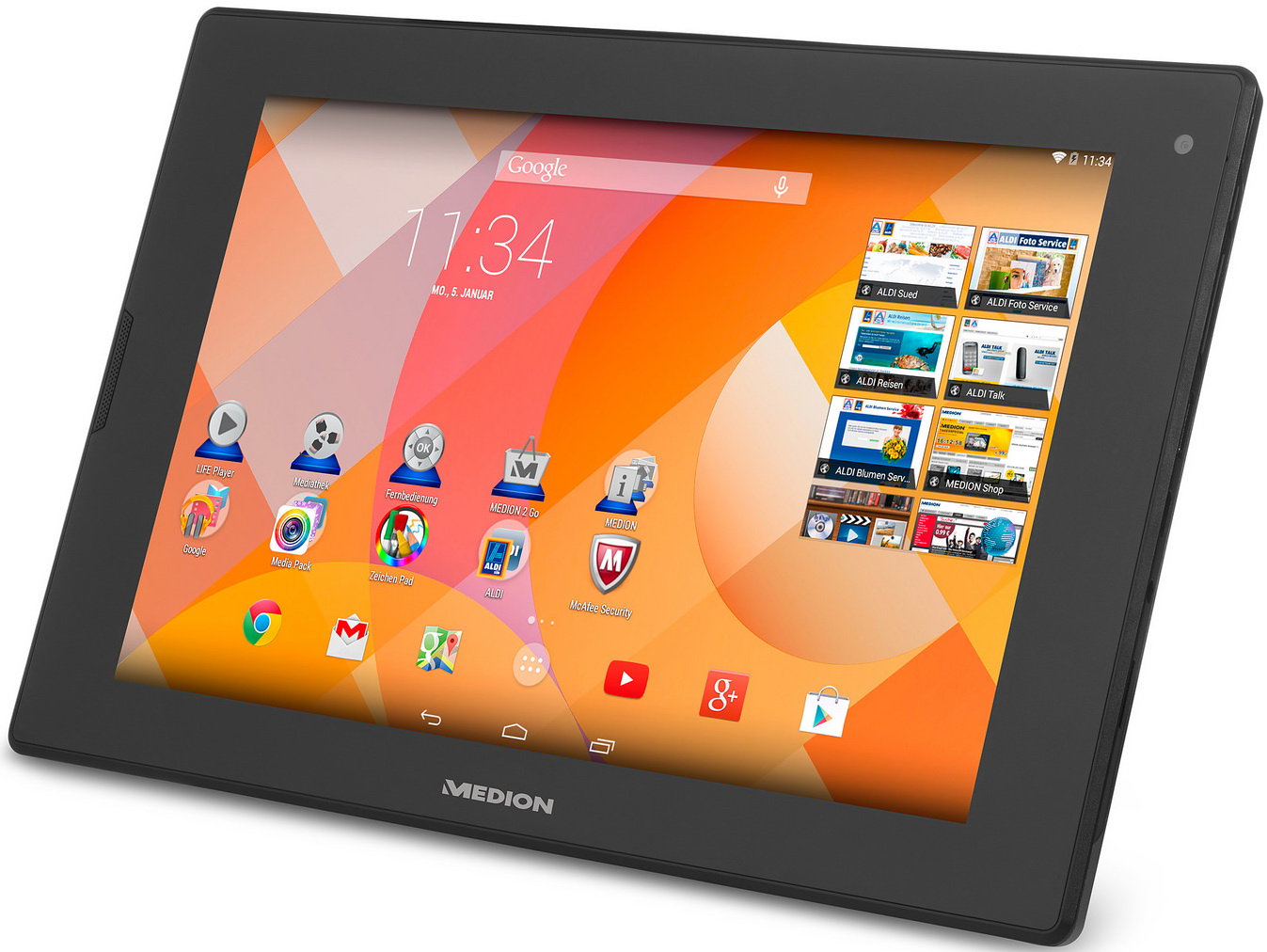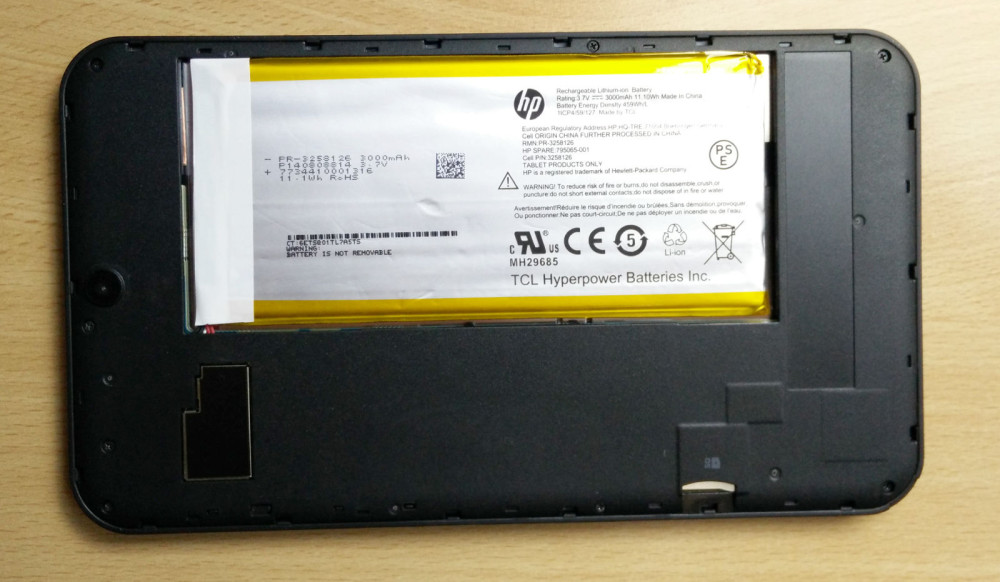

Not so long ago, you had to explore GNU/Linux Debian on a laptop PC without altering the Windows 10 system that was already installed. Discover GNU/Linux Debian in Parallel with Windows 10 on a Laptop Computer Should the distribution you have chosen not boot correctly, you can try another until you find a distribution that is compatible with your equipment. You simply download software (like Linux Live USB Creator for Windows or UNetbootin for MacOs, Windows) which allows you to run Linux from a USB key by following the user guide.Īfter verifying the proper functioning of the distribution you have chosen for your computer, you can decide whether you want to install it definitively to the hard drive. Fortunately there is a way to discover Linux without any need for installation.

Using a USB Key to Test Linux Without Having to Install Itįor beginners, you should know that installing Linux can be a bit like rolling the dice, since the risk of running into a technical problem can be high.

Again, GNU/Linux Debian and Ubuntu offer a wide selection of desktop environments (GNOME, KDE, LXDE, Xfce, Cinnamon or MATE). Beyond your personal preferences, certain interfaces require more or less memory or a stronger processor in your computer. This is essentially the graphic interface. However, if you are an early adopter who likes to try things as soon as they come out, you might opt for the Ubuntu distribution instead.Īfter this first step, you need to choose a desktop environment. For example, if stability is important to you, take some time to get familiar with the GNU/Linux Debian distribution which is at the heart of the project.


 0 kommentar(er)
0 kommentar(er)
